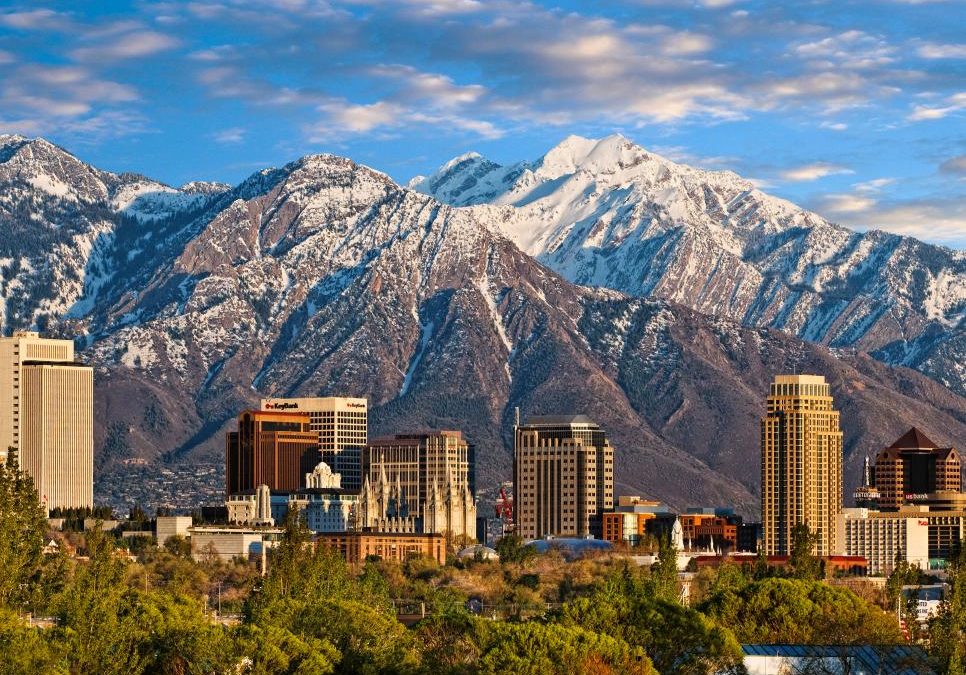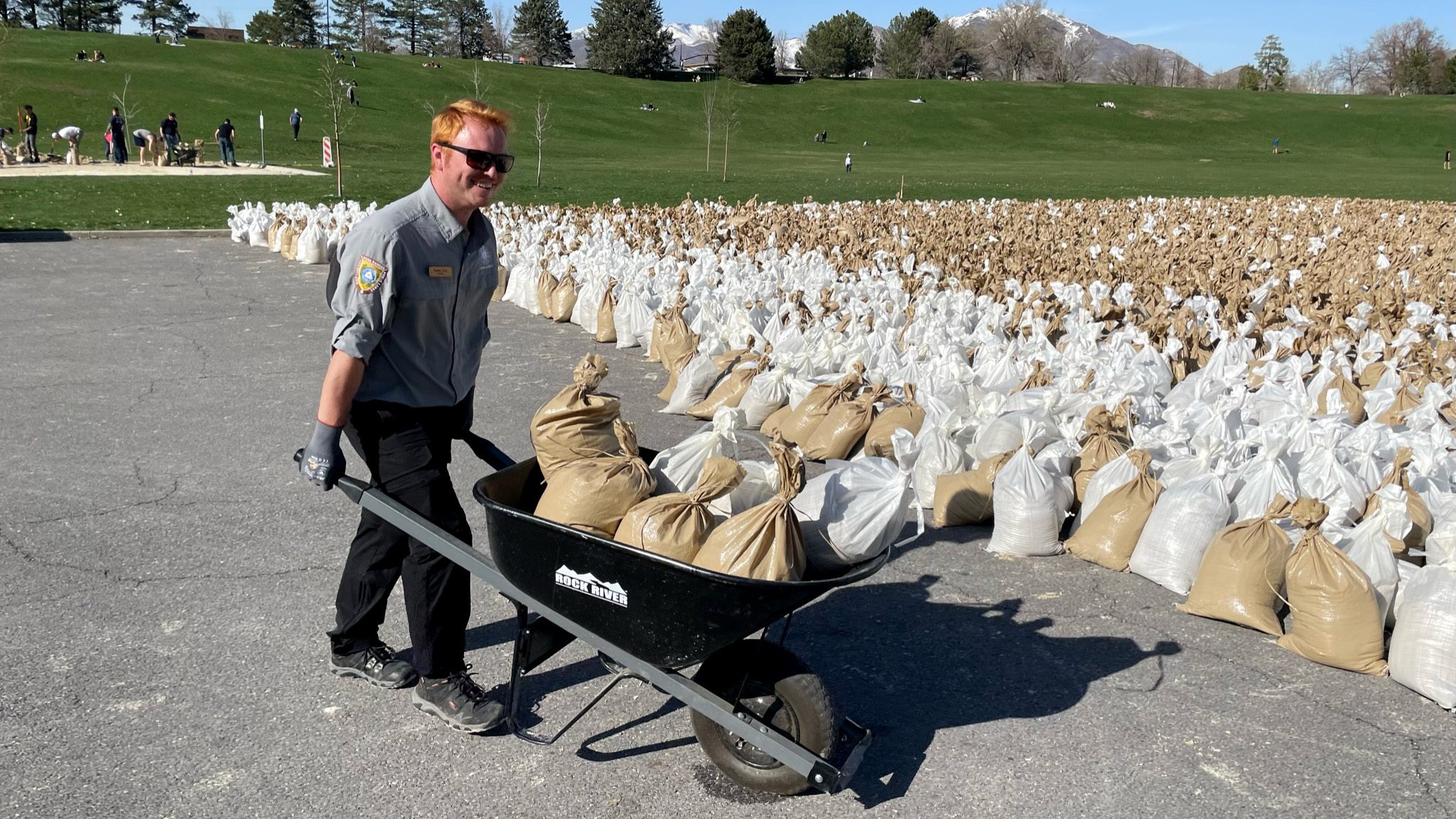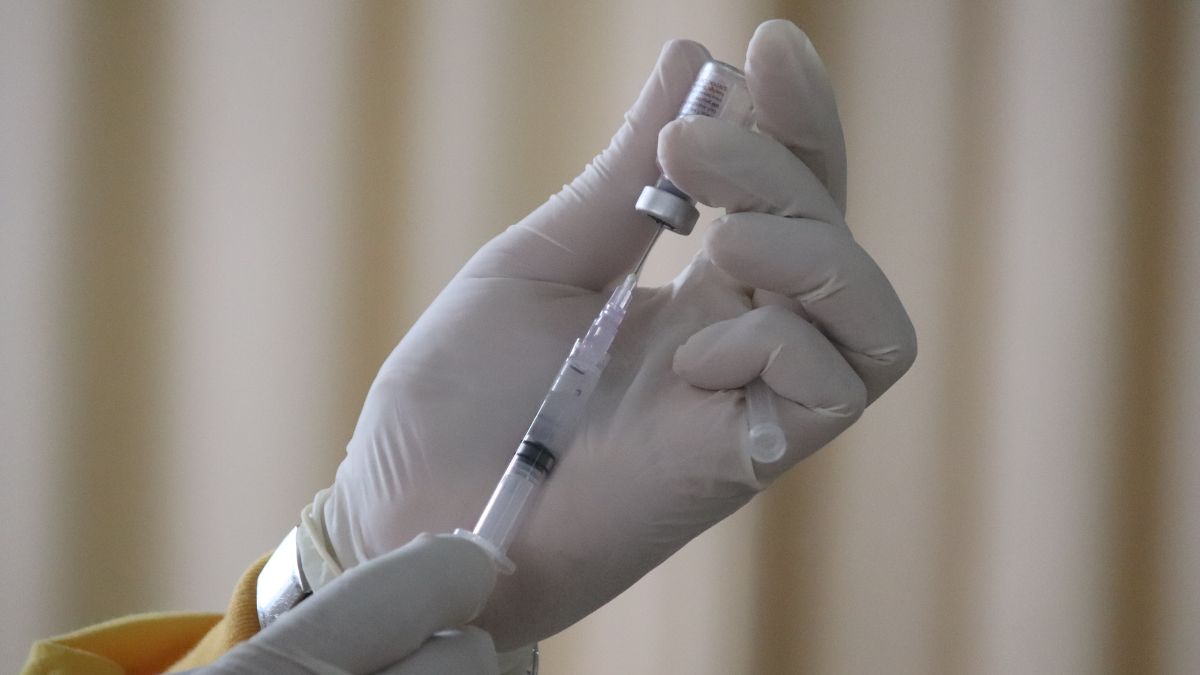Business
What does Salt Lake’s booming housing market mean for renters?

The average cost for a rental unit in Salt Lake County has doubled from $720 per month in 2010 to $1,301 in 2021. Photo: Courtesy of Salt Lake City Government
SALT LAKE CITY — Having ranked number two in population growth from 2020 to 2021 (U.S Census Bureau), Utah’s boom is resulting in a housing shortage in Salt Lake County.
The high home prices have resulted in one of the tightest apartment markets in the county’s history. With the vacancy rate dropping below 2% (the lowest on record) and rental rates increasing by more than double-digits, builders and developers have answered with a record number of rental units. As it currently stands, Salt Lake County’s market consists of 148,500 rental units, with roughly 98% of them occupied, leaving only 3,000 vacant.
Since 2000, Salt Lake County has issued roughly 46,100 apartment permits. Of those 46,100, only 11,600 were issued from 2000 to 2010, while 34,500 were issued from 2011 to 2021, and roughly 6,672 received permits just last year.
18,167 more units are expected by 2024, according to a new report released by the University of Utah’s Kem C. Gardner Policy Institute.
“According to the U.S. Census Bureau’s 2019 population estimates, Utah has a much larger share of the population in the 20 to 28-year-old age group, the prime age for renters, than the U.S,” the report states. “As this group ages over the next few years, it will help support relatively high levels of demand for rental housing.”
“We’ve just seen this growth that’s been incredible,” Mark Jensen, executive vice president of investments for Colliers International, told KSL. “People are moving here with a higher expectation, and a lot of the stuff that’s getting built is really to meet that expectation of a renter coming into the Utah market … and we’re going to see just more incredible product.”
The average cost for a rental unit has doubled from $720 per month in 2010 to $1,301 in 2021.
One in five renters faced housing cost burdens in 2009, meaning that at least 30% of their income went toward rent. It jumped to 41% by 2018, according to the U.S. Department of Housing and Development. Nearly 60,000 renters dealt with cost burdens in 2018.
Roughly 19% of all renters spend more than 50% of their income on rent.
“Although we’re producing product in record numbers… the affordability of that product continues to erode,” Jensen told KSL.
Over the next three years, 3,000 of the planned 18,000 units are dedicated to affordable housing, which is a record.
This month, Salt Lake County Mayor Jenny Wilson said she wants to use $27.5 million towards projects that address housing. The money would come from the county’s funds from the American Rescue Plan Act, the additional Covid stimulus package passed by the U.S. Congress in March 2021.
With the vacancy rate projected to increase to 5.7% over the next few years, renters can hope that supply may begin to meet demand and slow down the ever-rising prices.
The report continued:
The countywide rental market will continue to favor landlords, although the vacancy rate will see an increase to 5.7%, giving renters some relief by 2024.
The Salt Lake City market will likely experience higher vacancy rates as the nearly 8,000 units under construction reach the market.
The under-construction units represent a 15% increase in the Salt Lake City rental inventory.
The Salt Lake City market is not a substitute for the county market; that is, suburban renters, in most cases, can not or will not move to a vacant unit in the city due to the much higher rental rates in the city.
The 3,974 units under construction in Salt Lake City’s downtown market will have rental rates at least 30% higher than rents in the county, creating slower absorption rates of new units and higher overall vacancy rates.


















